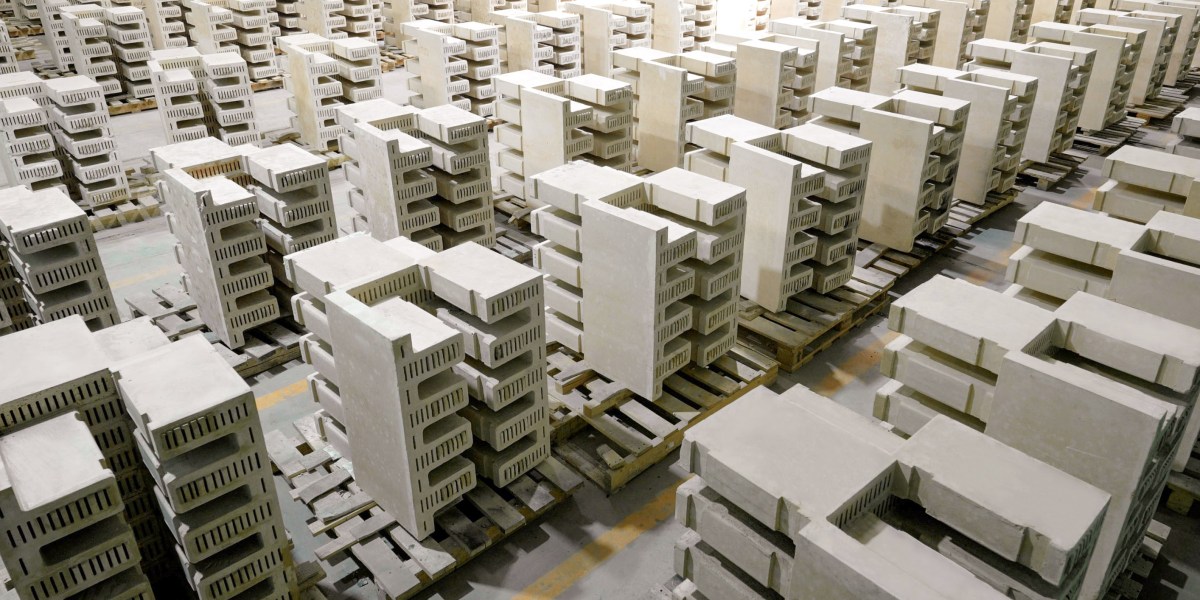How to build a thermal battery

Step 2: Choose your storage material
Next up: pick out a heat storage medium. These materials should probably be inexpensive and able to reach and withstand high temperatures.
Bricks and carbon blocks are popular choices, as they can be packed together and, depending on the material, reach temperatures well over 1,000 °C (1,800 °F). Rondo Energy, Antora Energy, and Electrified Thermal Solutions are among the companies using blocks and bricks to store heat at these high temperatures.
Crushed-up rocks are another option, and the storage medium of choice for Brenmiller Energy. Caldera is using a mixture of aluminum and crushed rock.
Molten materials can offer even more options for delivering thermal energy later, since they can be pumped around (though this can also add more complexity to the system). Malta is building thermal storage systems that use molten salt, and companies like Fourth Power are using systems that rely in part on molten metals.
Step 3: Choose your delivery method
Last, and perhaps most important, is deciding how to get energy back out of your storage system. Generally, thermal storage systems can deliver heat, use it to generate electricity, or go with some combination of the two.
Delivering heat is the most straightforward option. Typically, air or another gas gets blown over the hot thermal storage material, and that heated gas can be used to warm up equipment or to generate steam.
Some companies are working to use heat storage to deliver electricity instead. This could allow thermal storage systems to play a role not only in industry but potentially on the electrical grid as an electricity storage solution. One downside? These systems generally take a hit on efficiency, the amount of energy that can be returned from storage. But they may be right for some situations, such as facilities that need both heat and electricity on demand. Antora Energy is aiming to use thermophotovoltaic materials to turn heat stored in its carbon blocks back into electricity.
Some companies plan to offer a middle path, delivering a combination of heat and electricity, depending on what a facility needs. Rondo Energy’s heat batteries can deliver high-pressure steam that can be used either for heating alone or to generate some electricity using cogeneration units.





